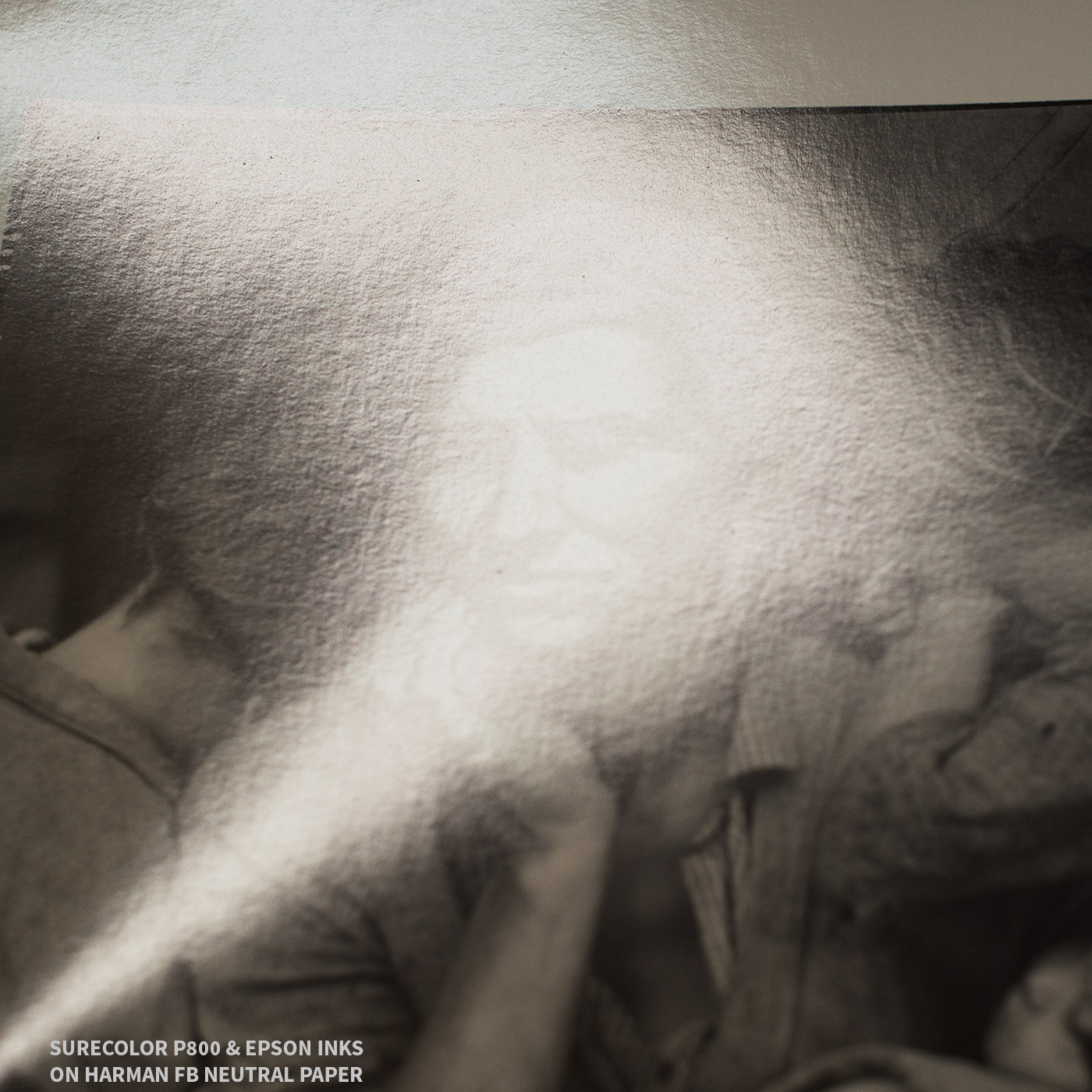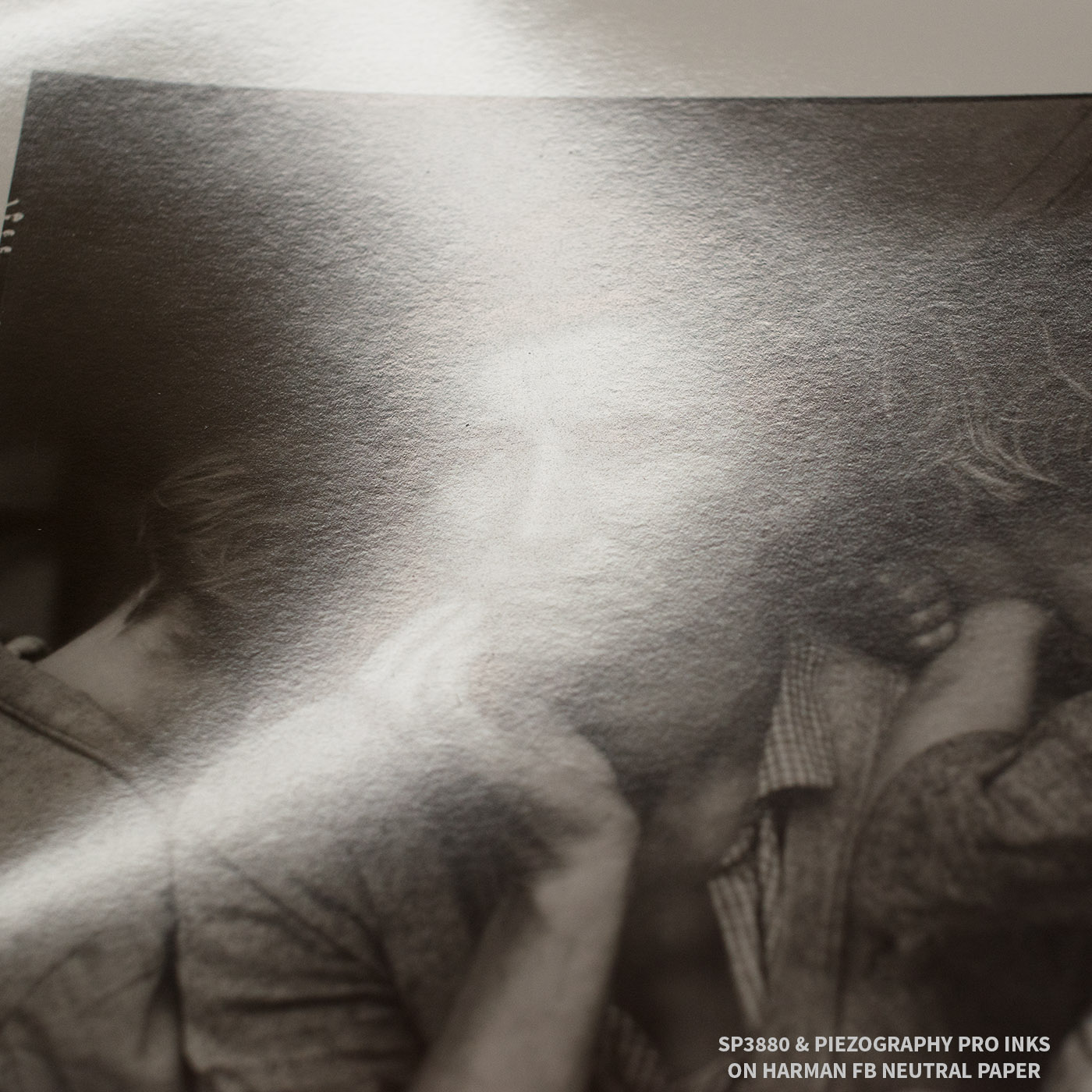About Piezography Pro
Released in 2016, Piezography Pro makes the highest-quality fine-art monochrome prints in the world. With the industry’s best dMax, highest resolving fidelity, visually balanced toning options, and most uniform gloss, Piezography Pro has it all.
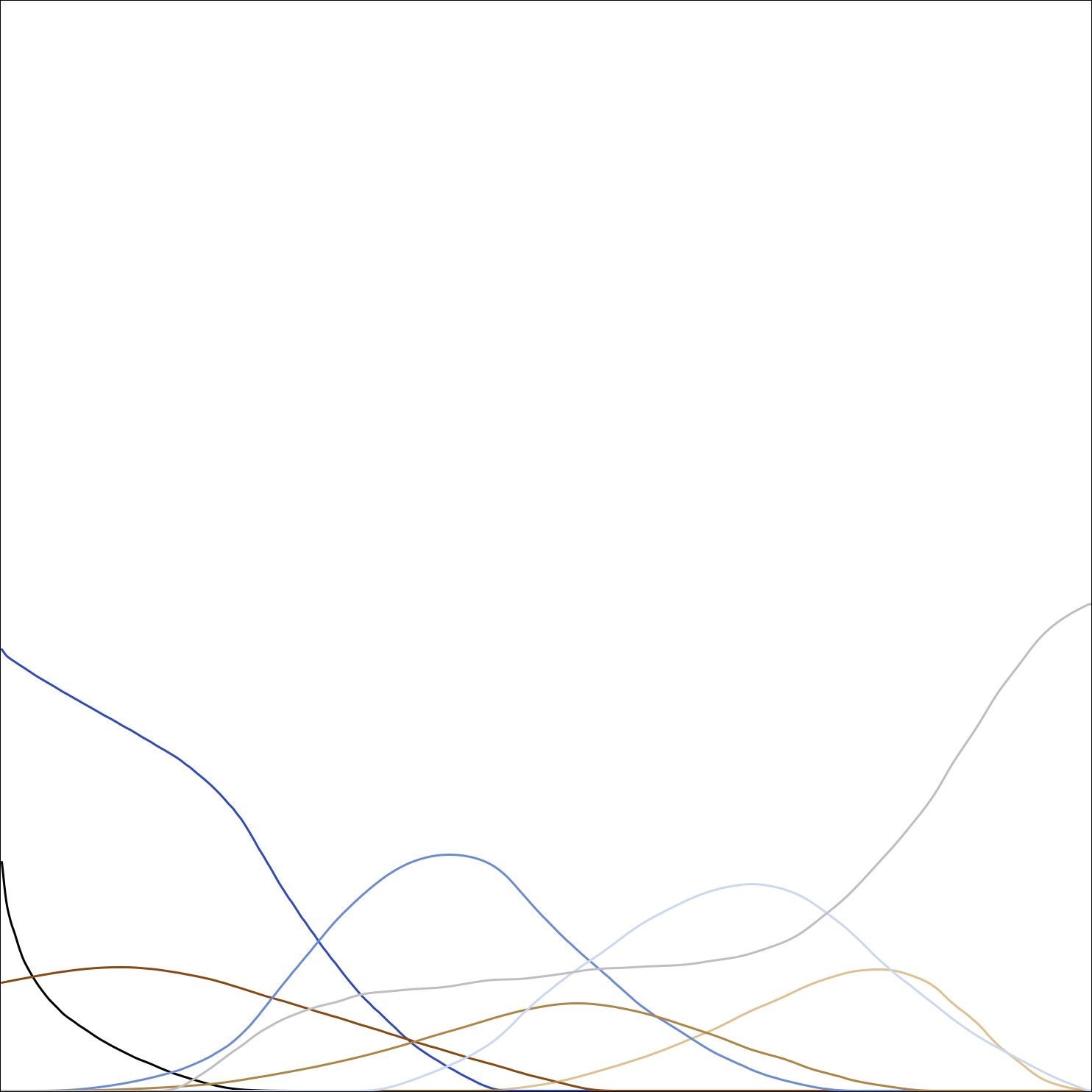
Blended Piezography Monochrome
Piezography Pro’s new pigment and curve shaping technology, enable one million toning variations and industry-leading dMax on more than 30 different fine-art papers out of the box.

Gloss Optimized
Gloss “chroma” optimizer is printed at the same time as the ink. Piezography Pro gloss far surpasses the newest Epson SureColor and Canon Pro printer systems even with printers a decade old.
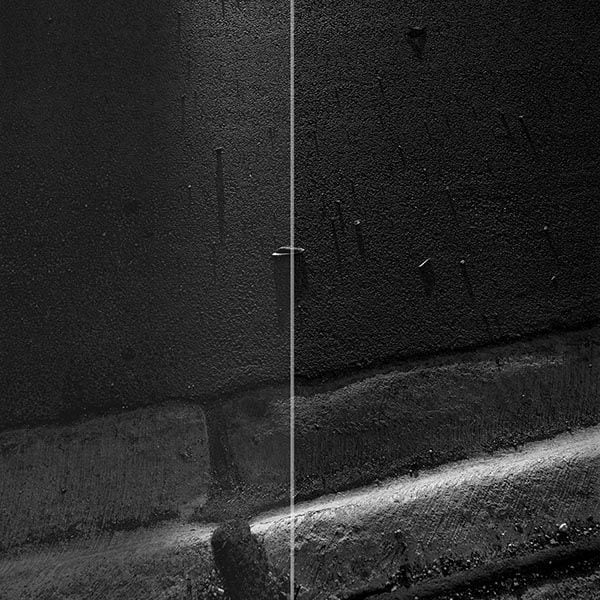
Unsurpassed Dmax
At our research and proving grounds, Cone Editions Press, we’ve experimented with black ink from all over the world. Piezography Pro is the darkest dMax (blackness of black) we’ve ever measured in-lab.
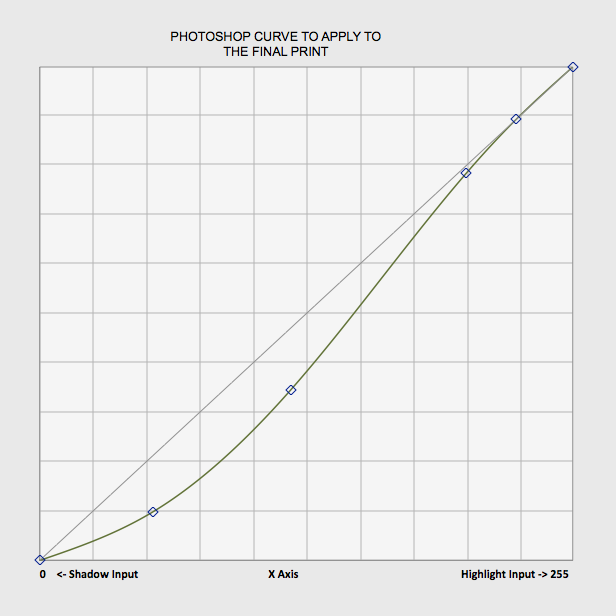
Professional Tools
The Piezography Pro ink system comes with an optional set of tools and documentation for calibrating and tuning your workflow to enable consistency and tonal fidelity unparalleled by any other system.

Artist Made

Long Term Support (LTS)
For labs, it’s important that the ink stay consistent from batch to batch. With updated in-house quality-control systems and software, Piezography Pro meets that need head-on.

New Documentation
BLENDING
Piezography Pro utilizes two ink sets: warm and cool. These finely balanced ink hues make neutral when combined together at certain percentages enabling very creative control of the warm, neutral, and cool axis. Up to one million unique toning combinations can be achieved all from a single printer.
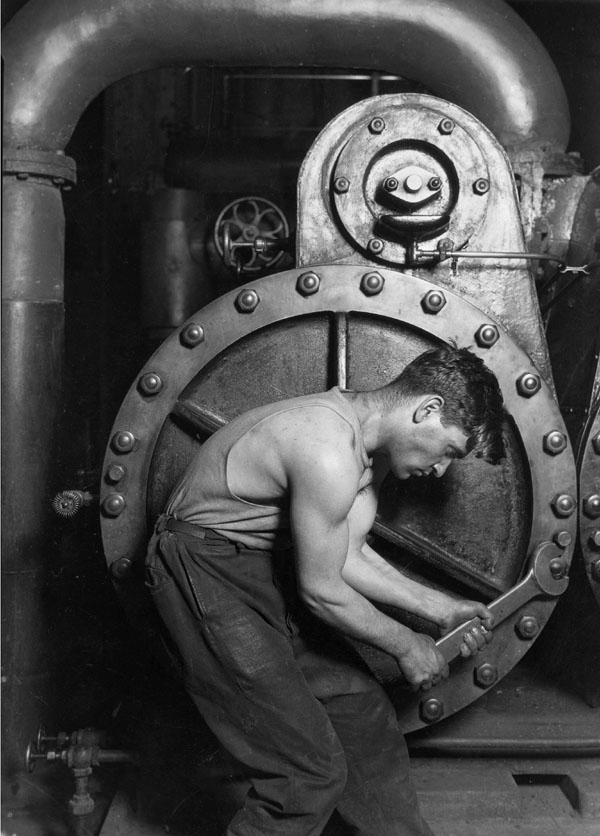
Neutral
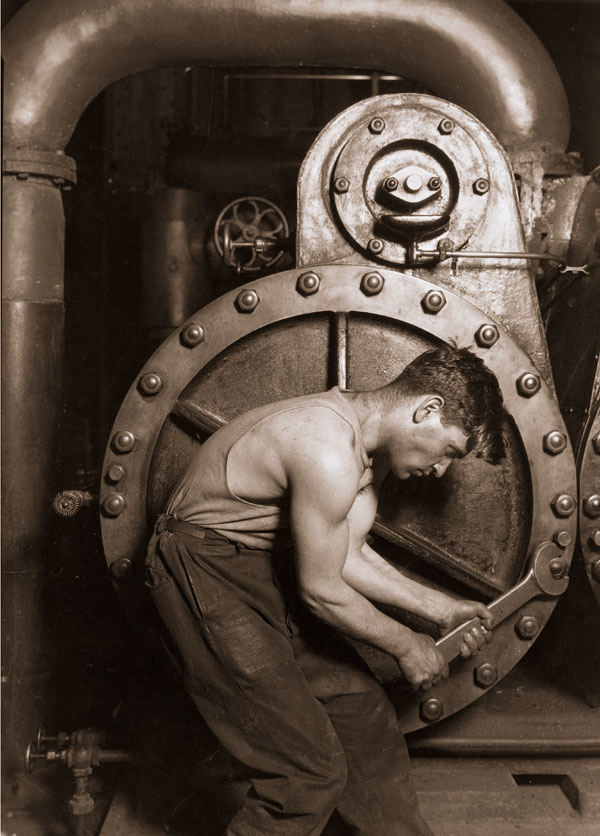
Warm
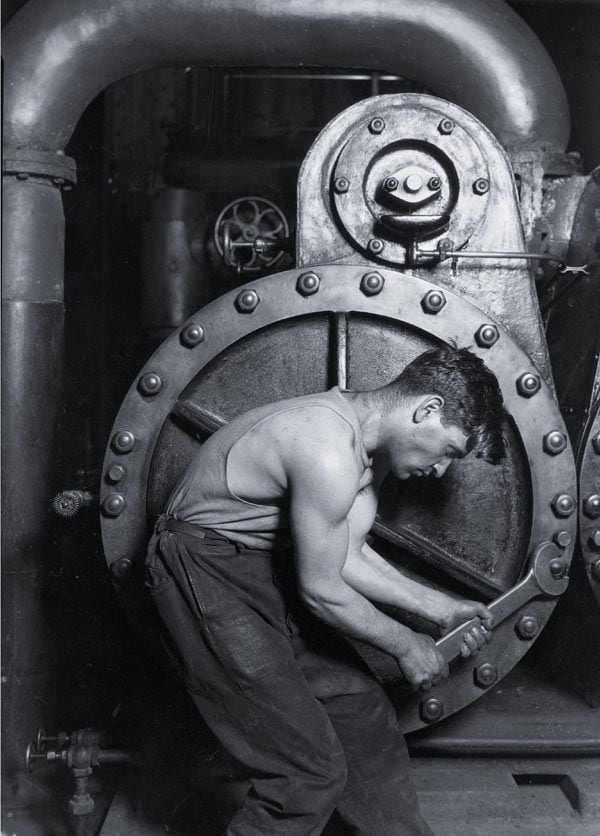
Cool
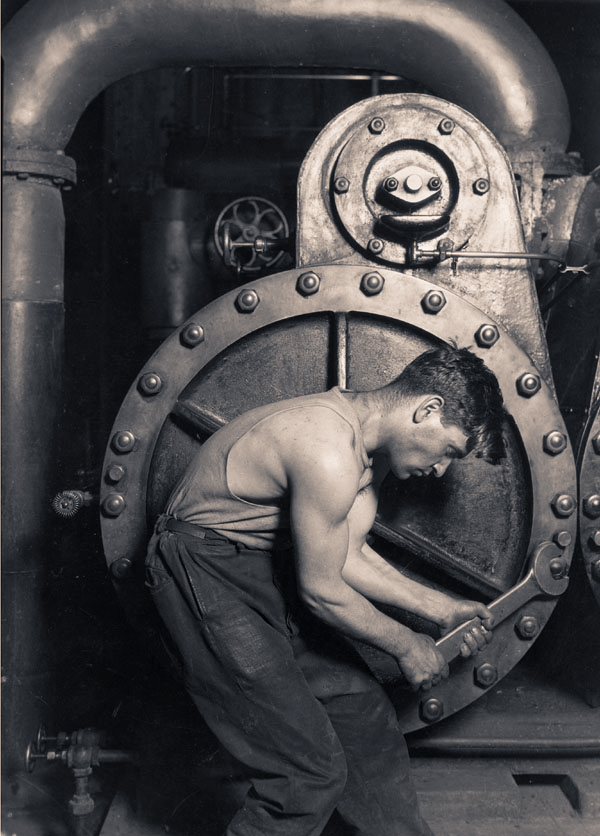
Neutral Shadows, Warm Highlights
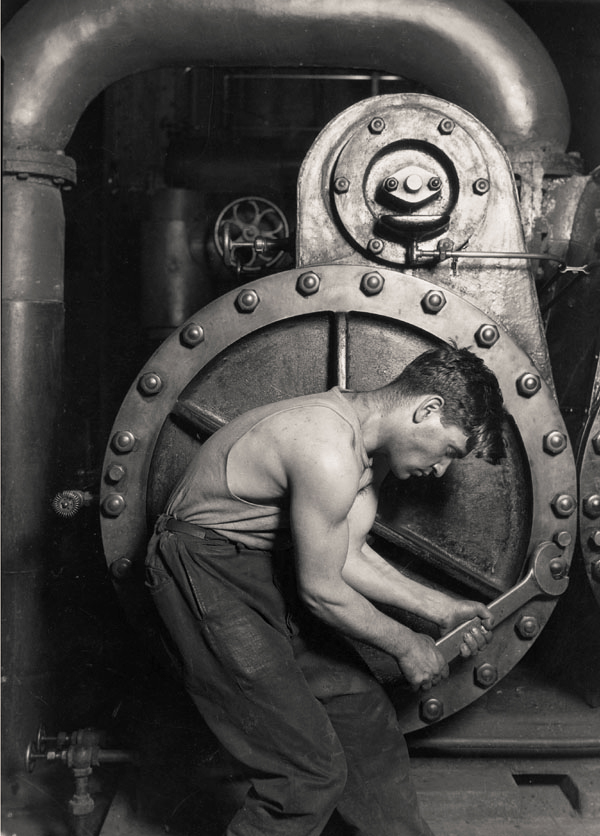
Warm Neutral
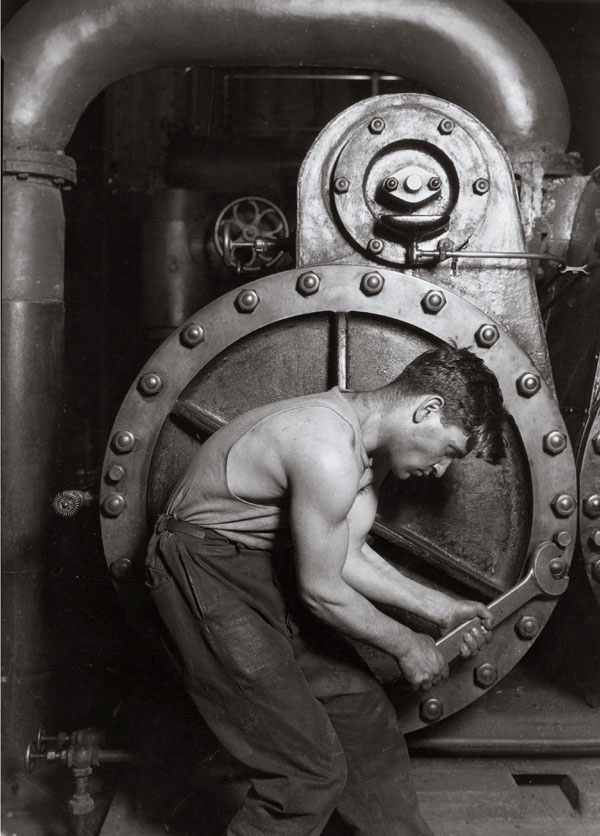
Warm-Neutral Shadows, Cool-Neutral Highlights
Artists use Piezography Professional Ink.
Join the family.
We printed a portrait on one of the hardest gloss papers to print correctly: Harman Gloss FB Neutral. We printed with a brand-new Epson SureColor P800 (below on the left) with Epson UltrachromeHD inks installed. Then we did a print on a much older Stylus Pro 3880 with our new Piezography Pro inks installed (below on the right). The visual results speak for themselves.
Not only is there no gloss differential between the white of the paper and the inked image, there is 90% less visual bronzing than Epson’s most recent ink set. Because the white of the OBA paper is also encapsulated by gloss optimizer, it no longer fluoresces and its color remains uniform.
SUPER DARK DMAX* (Blackness of Black)
When dMax is measured, it is generally communicated in terms of “Density”. When measuring matte blacks this is fairly straightforward. On Hahnemule Photo Rag paper, the new Piezography Pro Ultra HD matte black ink produces a density of 1.84 which is significantly darker than the Epson 9900 matte black (1.65) or the latest Epson P-800 matte black (1.75). Ultra HD is the darkest matte black ink on Earth! It is WAY darker than Canon Lucia Pro inks (1.62 on Hahnemuhle).
When measuring photo blacks, density values are (often) arbitrarily calculated from the more scientifically standard “Luminance” values given by all of the various machines that measure reflected light. Luminance is the perceptual amount of light reflected from a print. The conversion from Luminance to Density when it nears 3.0 is not exactly standard from one company to another, so each time a printer/ink company claims a certain density milestone (say Epson’s claim of 2.84 on Ultra Premium Glossy paper), it’s important to do the actual testing based on the more truthful Luminance standard. This way apples are not compared to oranges. We happen to have a brand-new Epson SureColor P800 in our R&D lab and we decided to test our new Piezography Pro ink against Epson inks using an older 3880 printer filled with Piezography Pro inks.
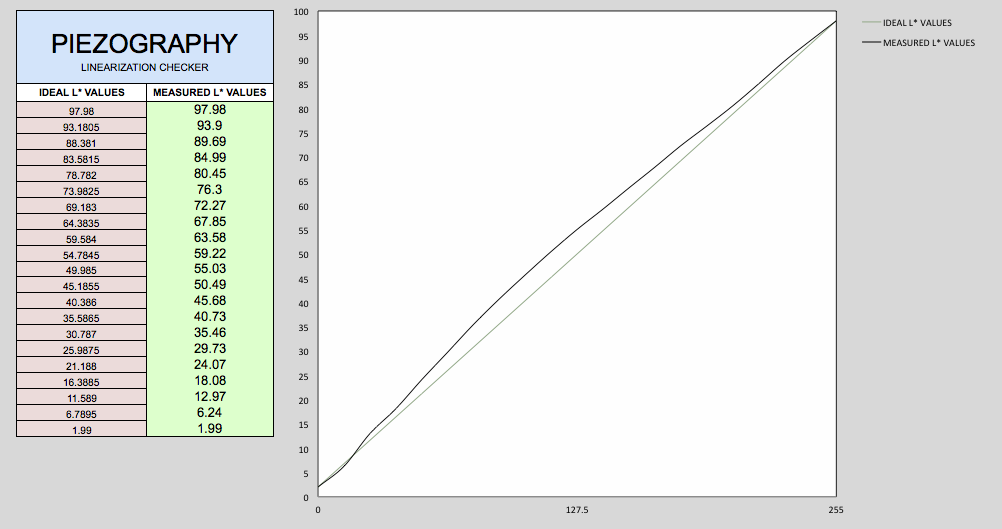
We made a print on the Epson SureColor P800 with Epson Ultrachrome HD inks using Epson Advanced Black and White set to “Dark”. We printed on Harman Baryta Gloss FB Neutral paper. Luminance (reflected light) goes down to a very dark 1.99%! Using Bruce Lindbloom’s “Companding Calculator” to compute density, this gives us 2.675. However, the Epson driver is not linear and tonal values are not consistent.
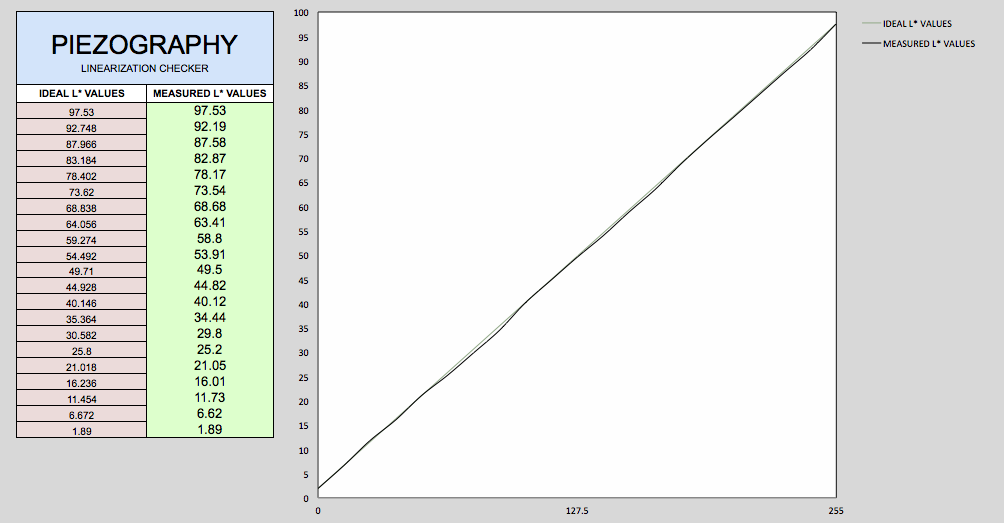
We made a second print on the Epson Stylus Pro 3880 with Piezography Pro inks using QuadtoneRIP and our own curve overlaps. We printed on Harman Baryta Gloss FB Neutral paper. Luminance (reflected light) goes down to an extremely dark 1.89% and the tonal values are linear right out of the gate. The calculated density for L*1.89 was 2.679. The two ink-sets are very close on this paper.
PROFESSIONAL TOOLS
Give artists ink and they’ll make prints. Give artists tools to calibrate that ink, and they’ll produce prints for a lifetime. Piezography Pro Edition comes with hundreds of stock profiles but also makes calibration fully DIY and liberates every artist’s creative potential.
